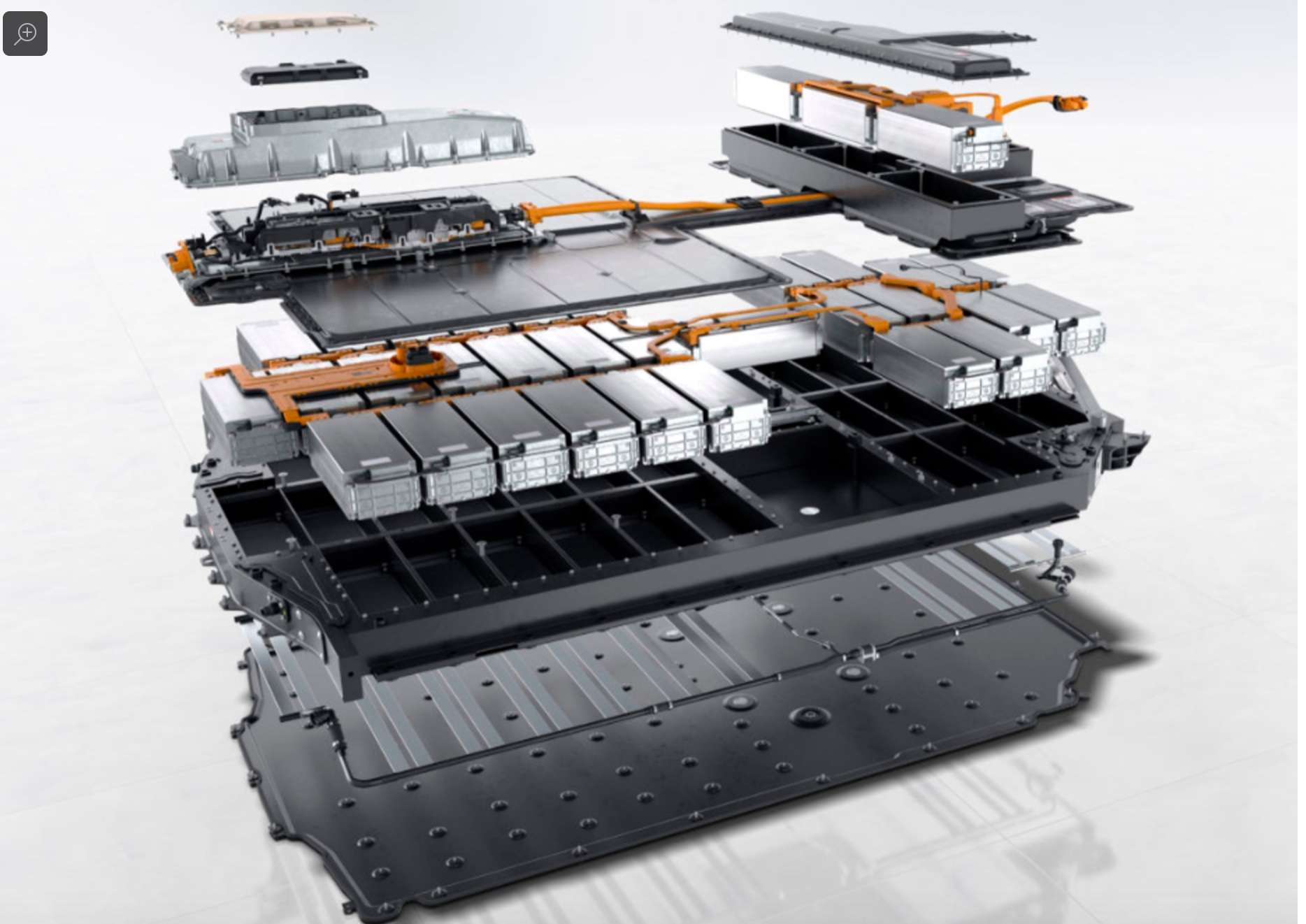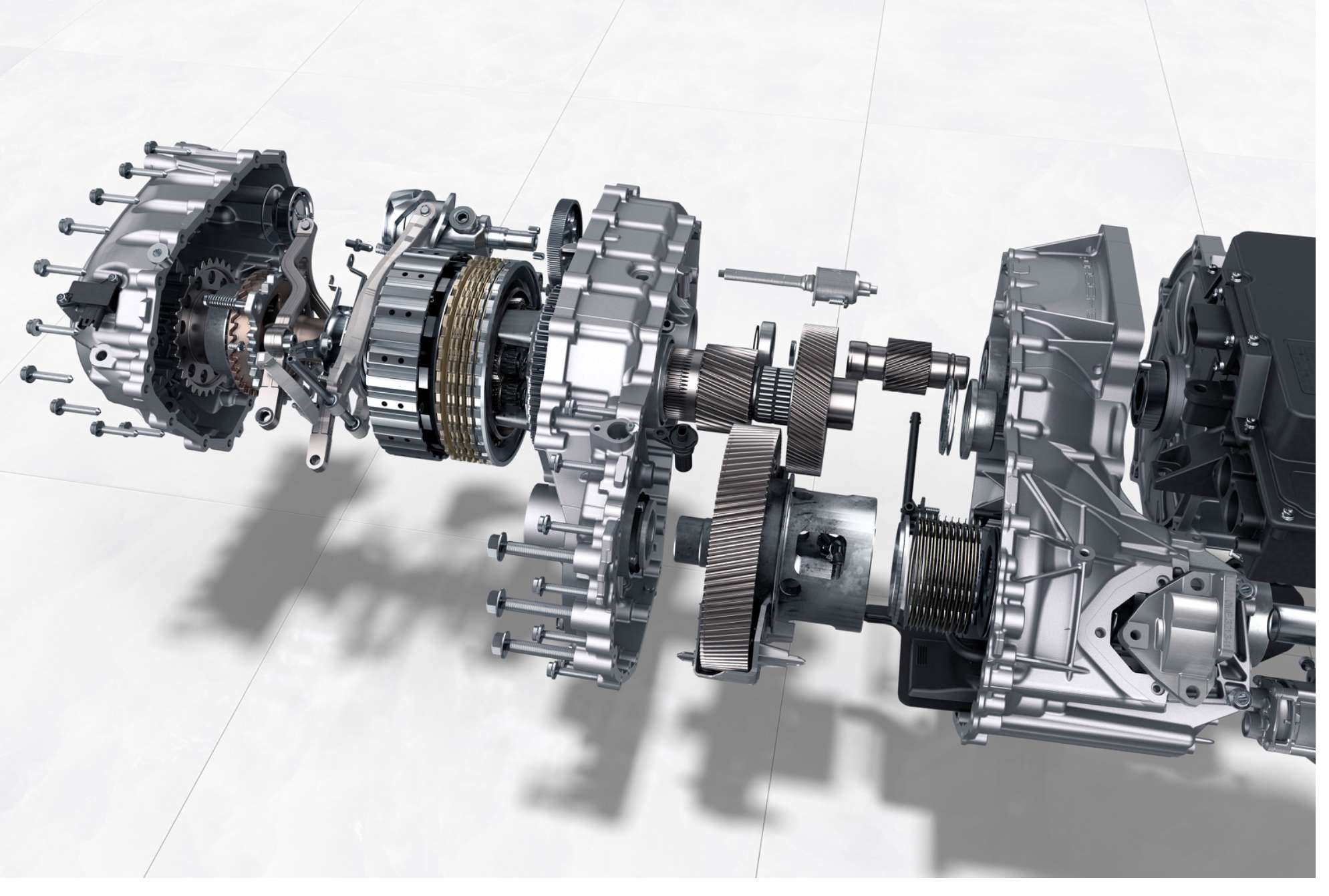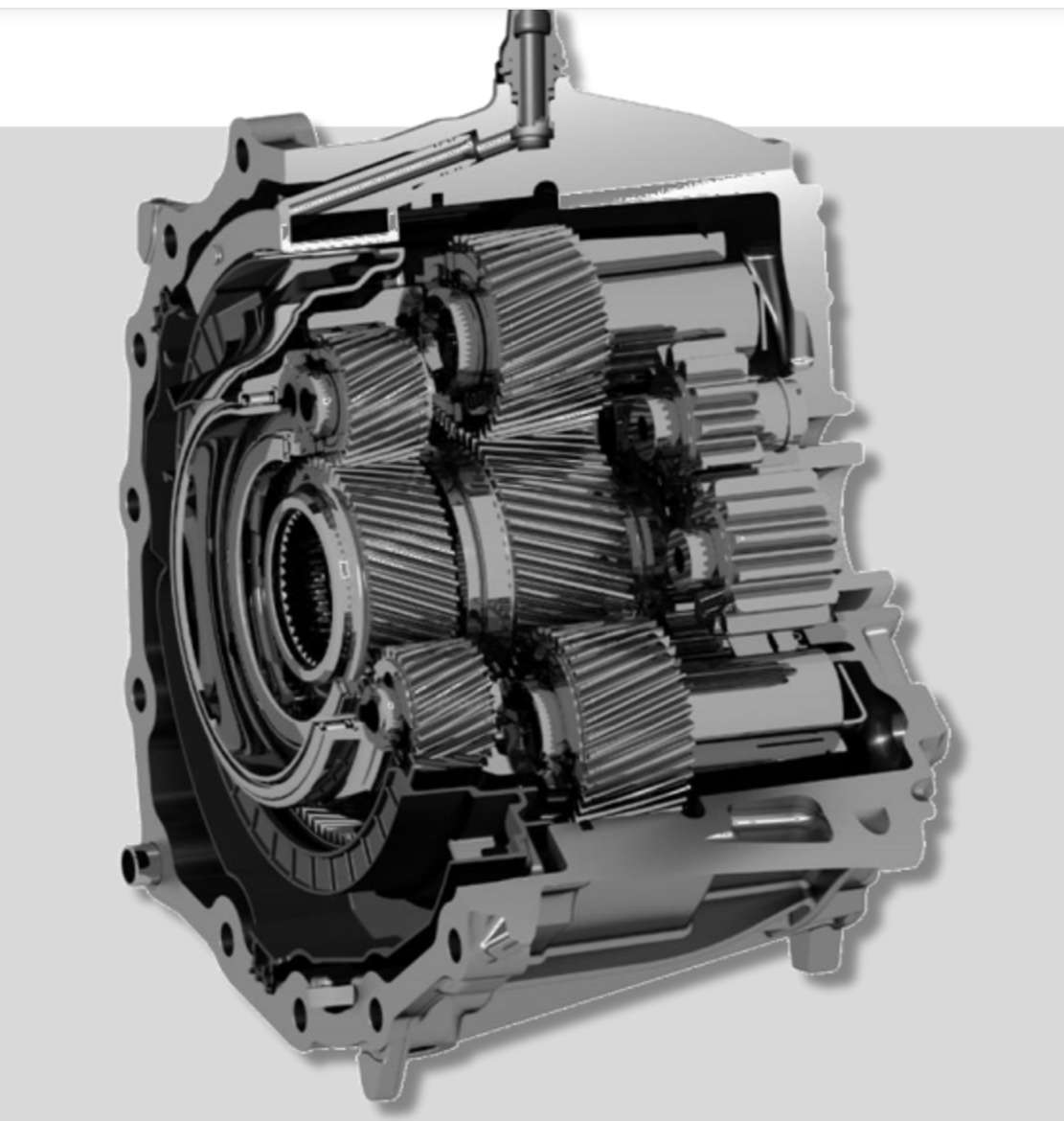MitchJi
10 MW
[Youtube]7BB0S6hmM0s[/Youtube]
While the Taycan Turbo and Turbo S have similar rear powertrains, the front motor carries an inverter rated at 600 amps on the more-powerful car, but only 300 amps on the Turbo. That means the Turbo S can simply draw more power from the car’s 93-kwh battery pack and deliver it to those wheels.
Specifically, the Turbo’s front-motor maximum output is 175 kw (235 hp), while it’s 190 kw (255 hp) on the Turbo S.
Launch control
In addition, a Launch Control mode is available exclusively on the Turbo S, providing a temporary “overboost” that raises the maximum torque delivered by both motors for 2.5 seconds. So the 335-kw (450-hp) rear motor's output rises from 406 to 450 pound-feet, and the front from 295 to 325 lb-ft.
That delivers maximum possible acceleration from a standing start without spinning the wheels. We experienced it, and it thrusts passengers back into their seats just as a high-performance Tesla does. Porsche claims the Taycan can deliver consistent maximum-power runs dozens of times, unlike competitors whose software dials down the maximum acceleration as powertrain heat rises and the battery’s state of charge declines.
Both versions use an unusual two-speed gearbox for the rear motor, unlike almost all other electric cars today that have a single-speed transmission. In Sport mode, the control software keeps the gearbox in the lower gear for faster acceleration, while Normal driving mode prioritizes the higher gear under most circumstances. Range mode, meanwhile, keeps the car exclusively in second gear.
Hillhater said:More details ,..some of which do not make sense ?
IE.. double the amps to the motor, but only 10% more power ??
Punx0r said:Hillhater said:More details ,..some of which do not make sense ?
IE.. double the amps to the motor, but only 10% more power ??
Best guess it's extra phase phase amps to boost low down torque for launching into the 0-60 sprint but the party is largely over by the time you hit ~50% motor speed where peak power is measured.
But again , its only a 10% increase ??....fron 2X the amps ??a Launch Control mode is available exclusively on the Turbo S, providing a temporary “overboost” that raises the maximum torque delivered by both motors for 2.5 seconds. So the 335-kw (450-hp) rear motor's output rises from 406 to 450 pound-feet, and the front from 295 to 325 lb-ft.
The Taycan’s battery pack consists of 33 cell modules, each of which contains 12 individual 64.6 amp-hour LG pouch cells. They are arranged such that half of the cells, 198, are in parallel with the other half. The big number that’s been thrown around for years now is “800,” as it’s a rather high system voltage for an EV.
In the case of the Taycan, the actual voltage sits somewhere between 610 (depleted) and 835 volts (when full), with a nominal voltage of 723 volts. Maximum energy content is 93.4 kWh,



But we know the “S”has always had an issue with thermal build up in their pack (and the motor.)Ohbse said:.....
Double the amps is no disadvantage if your pack is configured with half the IR, nor if packaging means your HV connections are a few inches away from the final destination...
Hillhater said:But we know the “S”has always had an issue with thermal build up in their pack (and the motor.)
Those issues are magnified at higher power levels (amps !)
That superior topology was obviously born of necessity, and even then proved to be inadequate.Ohbse said:...Tesla's cell topology is superior to porsches with regards to cooling potential - that's not even a debate, just fact... Every cell is in contact with a cooling element compared with only indirect cooling for majority of each taycan module. Porsche might generate less pack heating due to lower IR (compared with current model S) but they gave up a lot to achieve that, worse range, higher weight, likely some longevity. Clearly the 'plaid' preproduction models have no major heat limitations...
Do you mean are the cells immersed in coolant ?.....( as used in Formula E packs),..jonescg said:I'm keen to know if the Taycan uses direct refrigerant or coolant in its pack. Former is complicated and expensive, but arguably more effective as it drives a much higher delta T.
The waterproof housing is a sandwich construction consisting of a cover at the top and a bulkhead plate at the bottom. The truss-design battery frame with multiple subdivisions is mounted in between. The cooling elements are glued on underneath the bulkhead plate. The battery housing is secured by means of a steel protective plate. For the battery frame, the developers opted for a lightweight aluminium design.
jonescg said:Based on my experience and research on battery thermal management, Tesla has done a very good job with the system they are working with, but it is by no means the best. It has been optimised for the task (driving a 2 ton saloon car down the road a long way) and it does that very well.
But more superior cooling means more complications, more weight, less room for energy storage and so on. If you choose more expensive pouch cells, you can cool them like Hyundai or Chevy does with liquid cooling plates and a heat exchanger. If you choose cheaper cylindrical cells, you can use an extrusion with coolant.
I'm keen to know if the Taycan uses direct refrigerant or coolant in its pack. Former is complicated and expensive, but arguably more effective as it drives a much higher delta T.
